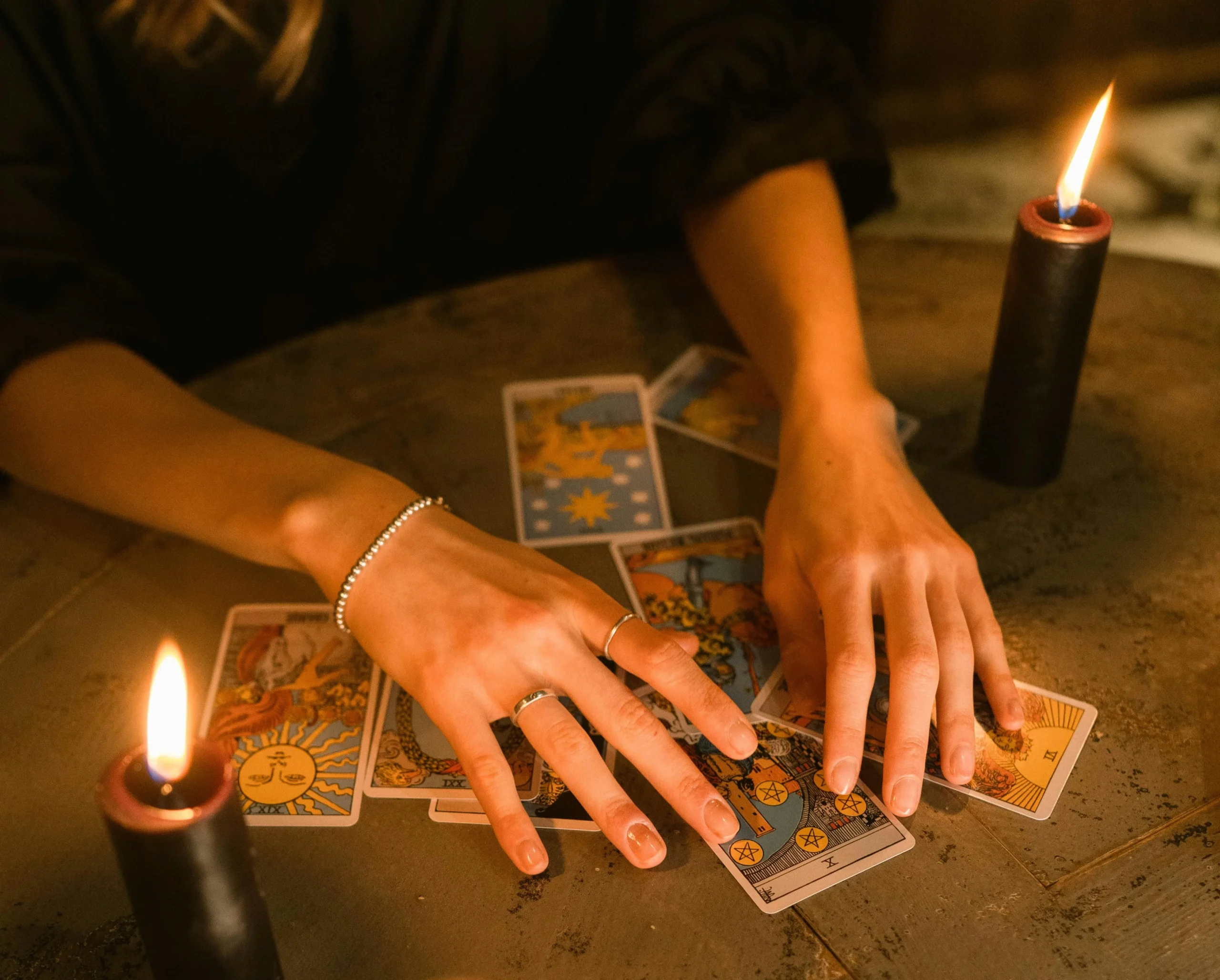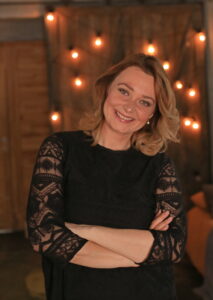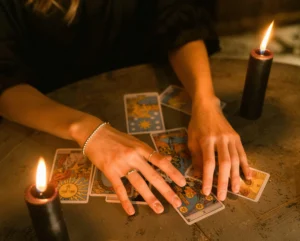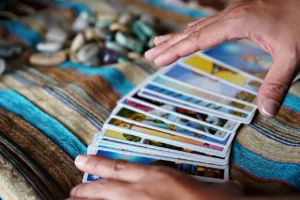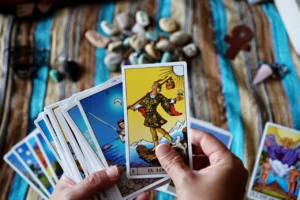Tarot cards have fascinated people for centuries, offering insights, guidance, and a glimpse into the unknown. But a common question remains: Do tarot cards really work? Whether you’re a skeptic or a curious seeker, understanding how tarot works can help you decide if it’s right for you.
What Are Tarot Cards?
Tarot decks typically contain 78 cards, each rich with symbols and imagery. These cards are used as a tool to explore personal questions, life challenges, or to gain clarity on future possibilities. Unlike fortune-telling clichés, tarot isn’t about predicting a fixed future. It’s more about insight and reflection.
How Does Tarot Work?
Tarot works through symbolism, archetypes, and intuition. When you ask a question, the cards drawn serve as a mirror reflecting your subconscious thoughts, feelings, and the current energies influencing your life. Skilled readers interpret the cards’ meanings within the context of your question, helping you uncover hidden truths and potential paths.
Each tarot card contains archetypal imagery — universal symbols that tap into the collective human experience. These archetypes (like The Fool, The Empress, or Death) represent stages of personal growth, emotional patterns, or life events we encounter.
This idea ties closely to psychologist Carl Jung’s concept of the collective unconscious — a deep layer of the psyche shared by all humans. It contains archetypes — universal psychological structures such as the Mother, the Hero, the Shadow, and the Wise Old Man. These aren’t fictional characters, but fundamental forms through which we interpret life’s experiences. Think of it as a deep inner “internet” of shared meanings, always accessible. In esoteric traditions, this is similar to what’s known as the Akashic Records. Though Jung explained it without mysticism — as an embedded psychological database within each of us.
So why does “that one card” come up, seemingly by chance, yet uncannily relevant? Jung explained this through the concept of synchronicity — the meaningful coincidence of an external event and an internal state, not linked by cause and effect, but by significance. For instance, if you’re anxious about a possible pregnancy and start noticing baby-related things everywhere — it’s not magic. It’s your psyche bringing your internal concern to the surface. The same principle applies in tarot. You pull a card that aligns with your inner question, even if you haven’t fully acknowledged it yet. Your unconscious already knows what you need to confront.
While Jung himself didn’t practice tarot, he acknowledged its symbolic richness and compared it to mythology, dreams, and even alchemy — all systems through which the unconscious speaks. Thanks to Jung’s theories, we can better understand how tarot functions not as fortune-telling, but as a language of the psyche. Tarot becomes a translator — you pose a question, and through symbol, you receive reflection. The unconscious already knows the answer. Tarot simply helps you access it.
Some readers also believe that tarot connects to broader energetic fields. They are sometimes called the planet’s aura, the Akashic Records, or universal consciousness. From this perspective, tarot taps into a deeper informational realm, offering answers that transcend the personal and touch the collective or spiritual dimensions of life.
Why Do People Use Tarot?
Many people turn to tarot for:
• Self-reflection: Exploring emotions and motivations.
• Decision-making: Considering options with a fresh viewpoint.
• Spiritual growth: Connecting with intuition or higher guidance.
• Comfort: Feeling supported during uncertain times.
In particular, tarot spreads for decision making have become a powerful tool for those facing uncertainty. These targeted card layouts are designed to help you weigh options, understand underlying influences, and move forward with clarity. Whether you’re choosing between two jobs, navigating a relationship crossroads, or considering a big life change, decision-focused spreads can bring insight and emotional grounding.
The experience can be empowering and comforting, even without mystical proof.
How to Get the Most Out of Tarot
If you want to try tarot, here are some tips:
• Approach it with an open but grounded mind.
• Use it as a tool for self-exploration, not as a way to avoid responsibility.
• Find a trusted reader or learn to read for yourself.
• Reflect on the messages, but remember: you are in charge of your life.
Final Thoughts
So, do tarot cards really work? The answer depends on what “working” means to you. If you seek insight, guidance, clarity, or need help with making the right choice, tarot can be a meaningful and enriching practice.
Tarot does not predict a set future — it shows the probability of events based on your current path. It reflects the energy of the moment and helps you explore your choices, challenges, and opportunities. Tarot doesn’t make decisions for you — you do. It empowers you to tune into your inner wisdom and act with greater awareness.
Curious to see how tarot can offer clarity in your life?
Book a reading or explore available sessions to start your journey of self-discovery and empowerment — whether you’re looking for general insight or specific tarot spreads for decision making.

